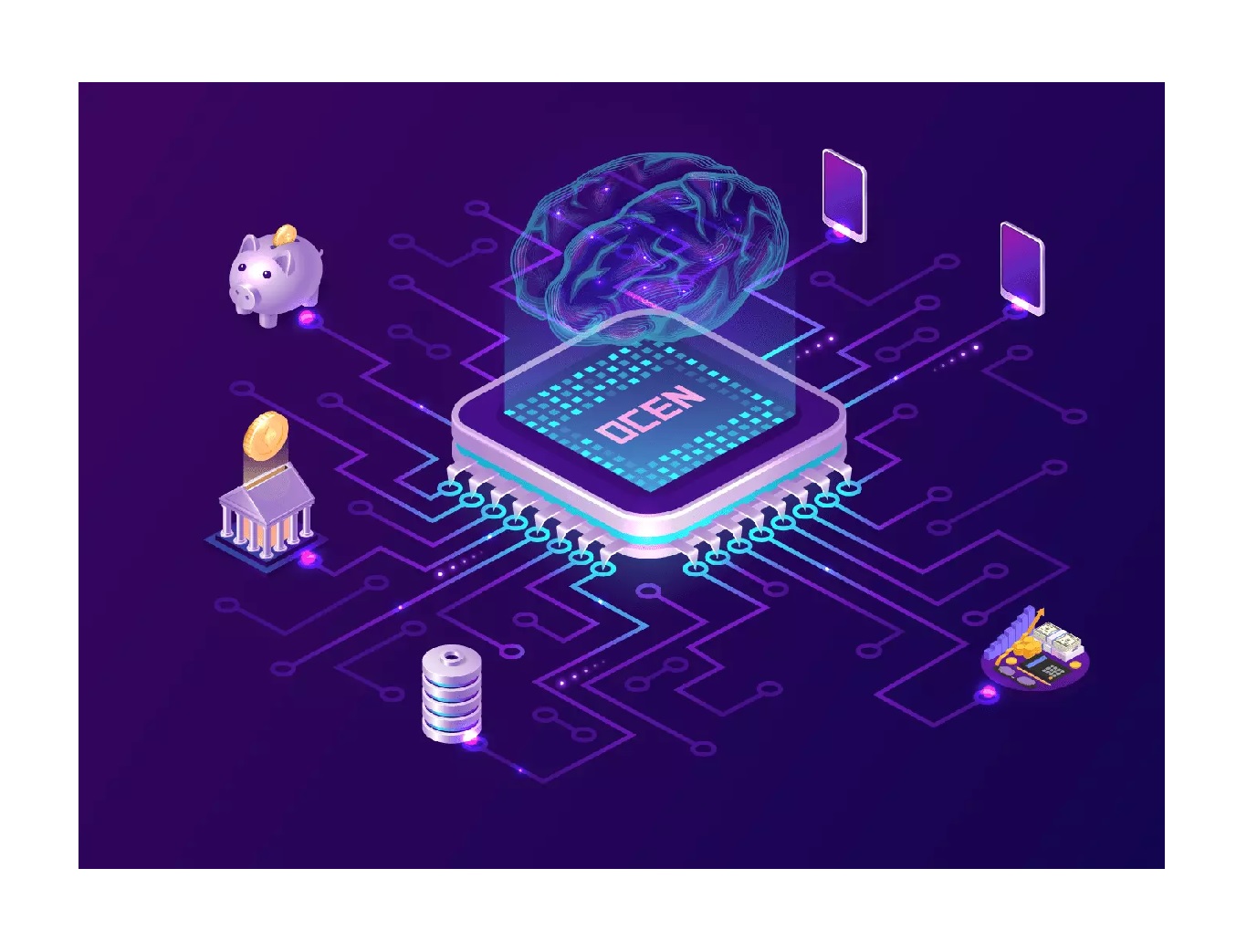TYPE
OCEN: The Next Digital Public Good After UPI
Zomato can extend credit to its high performing delivery partners, Darwinbox offers loans to its employees, Ninjacart offers lending products to farmers and consumers - all thanks to OCEN!
Imagine Zomato extending credit to its high performing delivery partners. Or an HRM platform Darwinbox offering loans to its employees. Or let’s say Ninjacart providing lending products to farmers and even the consumers, based on the frequency of their purchases.All these are examples of non-financial platforms offering financial services to their stakeholders. This has been made possible with the emergence of OCEN – Open Credit Enablement Network.
Challenge with Indian Financial Services
Financial services in India have undergone tremendous transformation since the economy’s focus shifted towards greater digitisation and financial inclusion. The physical bank branches have limited access to customers, stringent credit extension policies and unorganised database to assess risk profile of borrowers. Thus, formal channels haven’t been able to serve a major chunk of the Indian population, most importantly the country’s credit-starved growth engine, i.e. MSMEs.
These small businesses have negligible collateral to park with the formal lenders and usually have small requirements for specific purposes. Such factors make it difficult for formal lenders to reach this large segment of customers, creating a credit gap of $300-400 billion (as per various estimates) for India’s 63 million MSMEs.
The UPI regime completely disrupted the payments infrastructure after its introduction to the Indian landscape. With the advent of further advancements in digitisation, small businesses have gradually partnered with marketplaces and e-commerce platforms. This has created a massive digital databank with such platforms, which can be very useful in underwriting. Now arises the need for an integrated network for seamless flow of verified data and instant disbursals from lenders to borrowers. OCEN does the job for us.
What is OCEN?
OCEN can be easily explained as a free digital public good. The OCEN protocol provides a standardized set of APIs so that applications that already interact with individuals and MSMEs can effectively ‘plug-in’ lending capabilities into their current product and service offerings. This allows lenders to craft customized credit instruments and small businesses get access to a marketplace hosting a wide variety of lending products.
The idea behind this concept is simple - make credit available for the smallest business for any amount at a minimal interest rate and for short tenures.
Launched with this approach, OCEN has enabled efficient interaction between lenders, loan service providers (LSPs) and account aggregators.
What are account aggregators?
Account Aggregators (AA) are RBI regulated entities that help individuals with secure and digital access and sharing of information from one financial institution to another, provided they are a part of the AA network. This saves customers from the hassles of running around for stamp documents, sharing physically signed and scan copies of bank statements. The AA network has eased the job with a simple and safe data access and sharing process.
(Source: OCEN: The New Beast in the Fintech Space, Medium.com)
Role of Embedded Finance
Embedded finance is the integration of financial services into a traditionally non-financial service. Any customer-facing digital platform can embed financial services into itself and offer the same to its customers. Platforms have witnessed a revenue boost through a rising Average Order Value (AOV), customer retention and Customer Lifetime Value (CLTV).
On the customer side, SMEs have been the main beneficiaries of this revolution. They can now access affordable financial services on user-friendly terms, each product being specific to their needs. Any loan applicant with stellar ratings and healthy transaction history just has to fill in the data and in 5 minutes, can choose from multiple options to avail credit.
(Source: OCEN: The New Beast in the Fintech Space, Medium.com)
OCEN enables cash flow-based lending and the e-mandate ensures that any money the borrower receives via the platform is first paid to the lender and the remaining is transferred to the bank account.
Future Outlook
Traditional banks, realizing the humongous opportunity in this space, have already started partnering with many fintech players to gain access to this largely untapped market. The future lies in such collaboration. The time is not far when credit solution for any borrower would be completely digital, evaluation would no longer be focused only on income and assets, finance costs and turnaround time would be minimized and even rising competition among lenders shouldn’t come as a surprise. Looking at the larger picture, OCEN, along with Account Aggregation, is going to play a major role in democratizing credit the next generation of borrowers.

 SUBSCRIBE
SUBSCRIBE
